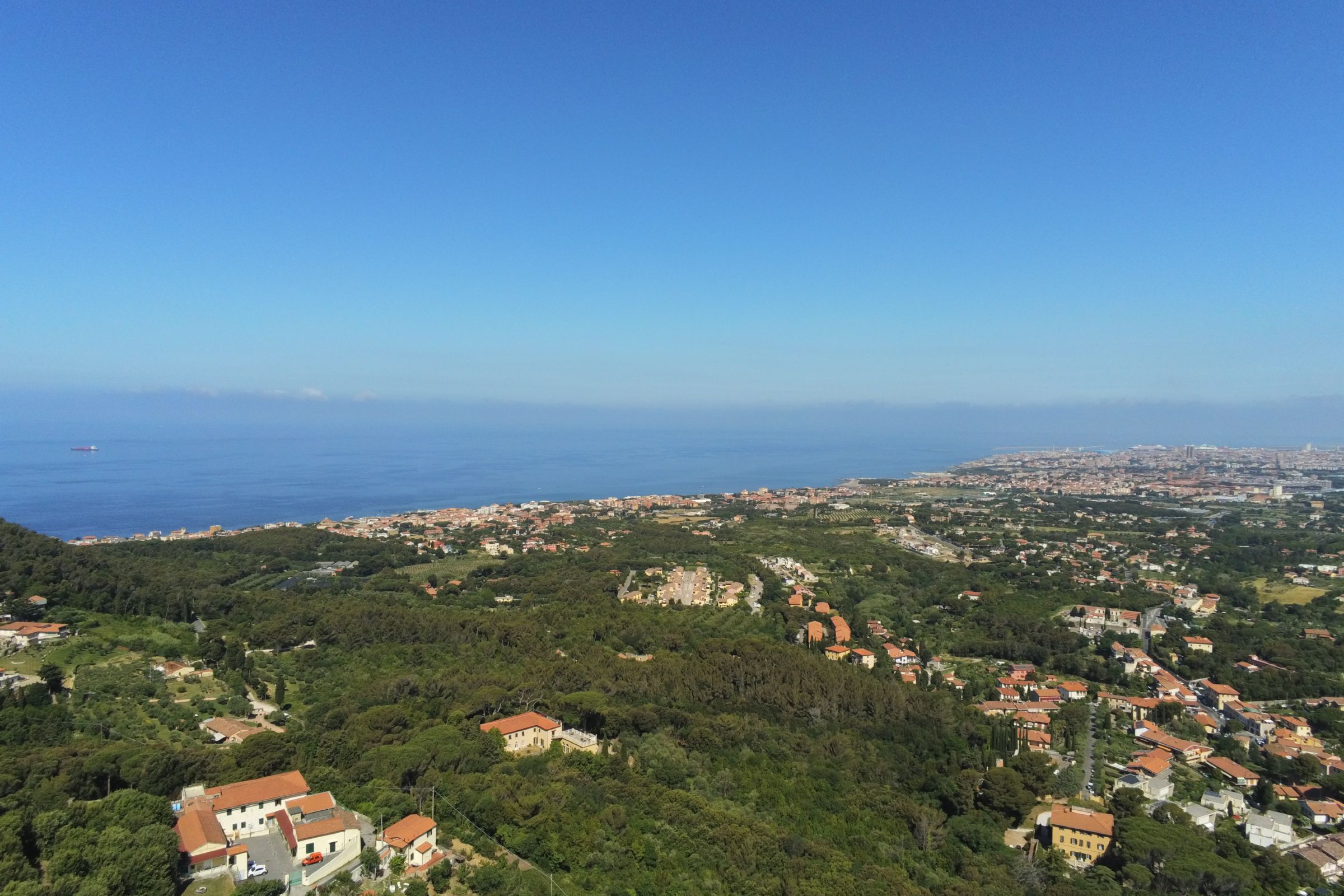The center of the city of Livorno
Piazza Giuseppe Micheli, opposite the Old dock, is famous for the presence of the monument to Ferdinand I, wanted by Cosimo II to celebrate the victories of the father against Turkish pirates and Barbaresco. The central marble statue was sculpted by Giovanni Bandini and was installed on nine years after the death of Grand Duke. I Quattro Mori chained at the feet of the leader were added later by Peter Notch and became famous as to be the symbol of Livorno.
The four bronze figures were made by taking a model Tacca two slaves of the galleys of Bath. Fuse a village Pinti, were transported by water sull'Arno to the mouth and then along the coast to reach the Port of Livorno.
Behind the monument to Quattro Mori will retain a section of the Medici walls that now houses the Hotel Grand. On bastion there are two tombstones, the first Recalls the family of the Grand Duchy, the second Robert Dudley, Earl of Leicester and Warwich and the Duke of Northumberland who was a famous navigator and engineer.
Quattro Mori left behind, we find Via Grande, a street full of shops on both sides leading to the city center. In the middle of Via Grande's Piazza Grande, once called Piazza d'Arme, surrounded by arcades in marble. Largely destroyed during the war, the arcade original survive only in the north-east of the square.
The square is home to the cathedral built in 1595 and 1606. The church was destroyed during the bombing of 1943. Reconstruction has reproduced the original forms with a porch that overlooks the square.
Inside you can admire the large canvases Triumph of Santa Giulia Jacopo Ligozzi, Assumption of the Madonna di Domenico Cresti from Passignano, St. Francis receiving the child by Maria di Jacopo Chimenti da Empoli, painted between 1619 and 1623.
The way Grande, in the direction of Piazza della Repubblica, a left crosses path of Madonna. The road testifies to the multicultural origins of Livorno with its numerous churches of the oldest "nation". First you encounter the church of the Santissima Annunziata, who recalls the contribution of Greece to the restoration of the building. Later there is the Church of Our Lady that houses the altars of all "nations" and last for the church of San Gregorio of the Armenians of which only the facade remains.
Piazza della Repubblica is one of the most popular squares of Livorno, also known as Piazza del Voltone for the giant time is subject to the square and overlooking the waters of Fosso Reale, is surrounded by historic houses and there was a time where coffee was organized secretly mazziniana the uprising of 30 June 1857.
Around the way you Large finds Cisternino, with architectural complex built as a water tank destruction of water sources from Colognole. The stone facade is clearly Parrana while inside there is a half supported by piers with a capacity of 11,000 cubic meters.
